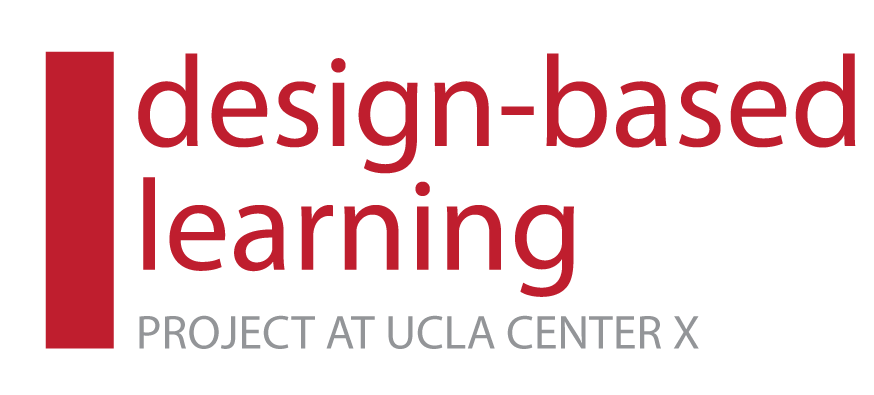By David Cameron, The Hechinger Report
Over the 17 years I have taught high school chemistry, the challenges in education have become more acute — even before the pandemic we were scrambling to provide our students with meaningful instruction online and to find ways to get all our students to actively engage in learning.
I teach at a public Title I school, where one-sixth of students identify as English Language Learners. I want them to think, become confident in expressing themselves and see real-life value in what I teach.
Four years ago, I found my game-changer: a design-based, cross-curricular learning methodology rooted in principles of social justice and the physical world. It assumes what I have found to be true: that all types of learners have the capacity to become creative and critical thinkers.
To deliver the science curriculum through this design thinking methodology, I open the first day of any class I teach by having my students build never-before-seen creature-avatars using found materials and introduce themselves by sharing how the materials they used represent them in some way.
I then have them imagine, roughly build and run a “Starter City of the Future,” based on a map of our own community, for their avatars to live in.
